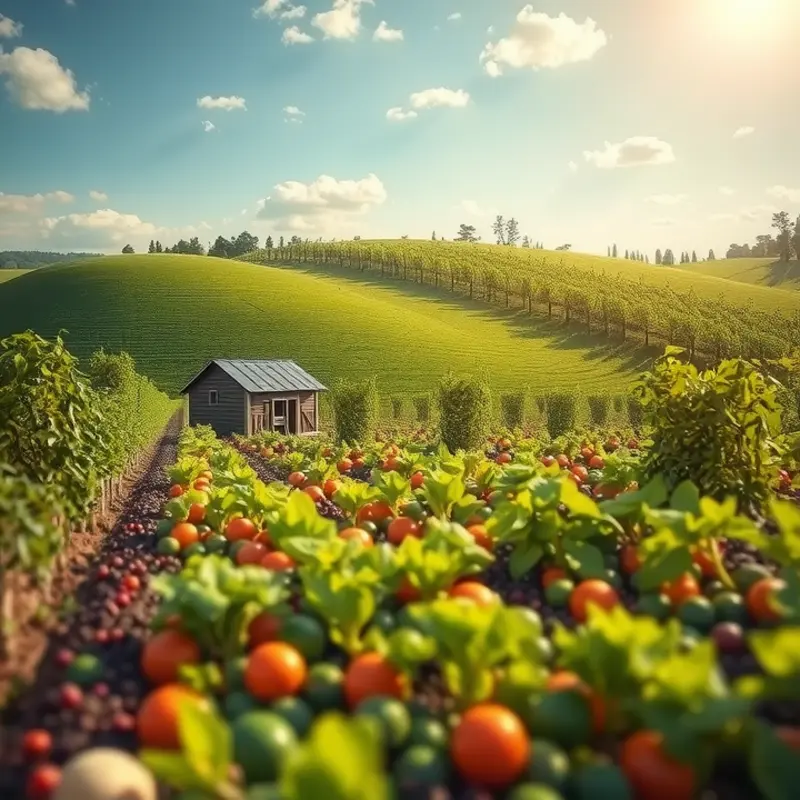Caramelizing sugar is a kitchen skill that can elevate your desserts and sauces to new heights. Whether you’re aiming to create a glossy caramel sauce, delicate sugar decorations, or crunchy caramel flakes, understanding the process is key. This guide will lead you through the different techniques and tips to make caramelized sugar effortlessly, irrespective of your previous experience in the kitchen.
Getting Started: The Basics of Caramelizing Sugar

Caramelizing sugar is a delightful culinary technique that transforms ordinary sugar into a rich, flavorful ingredient used in a variety of dishes. To succeed, you’ll need a few basic supplies and an understanding of the key terminology.
Start by selecting the type of sugar. While granulated white sugar is most commonly used due to its consistency, you can also experiment with brown sugar for a deeper flavor, thanks to its molasses content. Each sugar type caramelizes slightly differently, affecting the color and flavor profile of your dish.
Equipment is essential for safe and effective caramelization. At a minimum, you’ll need a heavy-bottomed saucepan. This helps distribute heat evenly, reducing the risk of burning your sugar. It’s also useful to have a reliable candy thermometer, as precise temperature control is crucial. You can also use a high-temperature silicone spatula to stir, preventing crystallization by incorporating any sugar that accumulates on the sides back into the mixture.
Safety should always be a priority when working with hot sugar. Remember, caramelized sugar is extremely hot, often reaching temperatures above 300°F (150°C). To protect yourself, wear long sleeves and use oven mitts when handling pots. Additionally, keep a bowl of cold water nearby to quickly cool any burns, should the hot sugar touch your skin.
Understanding the key terms will help you navigate the process more effectively. “Wet caramel” uses water to dissolve the sugar first, offering more control and an even cook. “Dry caramel” involves melting sugar directly in the pan, speeding up the process but requiring more experience to avoid burning.
Scheduling caramelization during less chaotic cooking times can help maintain focus and prevent accidents. For home cooks looking to incorporate these techniques into their routine, check out this article on addressing unconscious eating to help enhance your mindful cooking practice.
In terms of preparation, measure your sugar accurately and prepare all ingredients in advance. Key to success is attentiveness; caramelizing sugar requires your full attention. The transformation is rapid, with sugar going from perfect to burnt in seconds.
Approaching the process with patience can make the difference between success and failure. With these fundamentals in place, you’re well-equipped to embark on the journey of mastering caramelization. As you develop your technique, remember that practice will enhance your confidence and proficiency over time.
Step-by-Step: Techniques for Perfect Caramelization

Now that you’re familiar with the basics, it’s time to caramelize sugar! There are two main techniques: the dry method and the wet method. Each has its own charm, but both create that irresistible bronze hue we’ll explore here.
The Dry Method
-
Choose Your Pan Wisely – Use a wide, heavy-bottomed saucepan. This ensures even heat distribution, helping avoid uneven cooking.
-
Add Sugar – Pour an even layer of white granulated sugar into the pan. Start with about one cup.
-
Apply Heat – Set the pan over medium heat. Avoid using a high heat setting as this can lead to burning.
-
Wait and Watch – As the sugar begins to melt, resist the urge to stir. Let the edges turn liquid before carefully swirling the pan to help the sugar melt evenly.
-
Color Change – Observe the sugar as it turns from clear to amber. This transition is pivotal; once achieved, immediately remove the pan from heat to prevent burning.
Tips: Do not stir the sugar until it’s mostly melted—stirring can cause crystallization. Always err on the side of less heat; slow and steady wins the caramel race.
Common Mistakes for the Dry Method
- Burning: If your sugar burns, it can taste bitter and ruin your dish. Use a gentle, consistent heat.
- Crystallization: Use a clean, dry pan and avoid stirring too soon.
The Wet Method
-
Prepare – Combine one cup of sugar with about 1/4 cup of water in your saucepan, ensuring the sugar is immersed.
-
Heat Gently – Set the saucepan over medium-high heat. Stir gently to dissolve the sugar; avoid stirring once it starts boiling.
-
Monitor Closely – The sugar will rapidly transition as the water evaporates. Shake the pan occasionally to distribute heat evenly.
-
Detect Color Change – Once an amber hue appears, remove from heat immediately.
-
Cool It Down – Place the pan briefly in a cool-water bath to halt the cooking process.
Tips: A pastry brush dipped in water can help wipe down sugar crystals from pansides. This reduces chances of crystallization.
Common Mistakes for the Wet Method
- Stirring After Boiling: This can lead to a grainy texture; shake the pan instead.
- Uneven Heating: Ensure your pan is flat for consistent heating.
Caramelized sugar opens up a world of possibilities, from decadent sauces to intricate dessert garnishes. For more tips on preparing your ingredients, especially sauces, consider exploring this easy sauce simmering guide.
Enjoy creating lovely desserts that dazzle visually and tantalize the taste buds, with your newfound caramelization mastery!
Final words
Caramelizing sugar can seem intimidating, but with the right techniques and a little practice, it can be a delightful experience. Whether you’re creating a simple caramel sauce or dazzling sugar decorations, the skills you’ve learned will inspire confidence in the kitchen. Remember to be patient, keep an eye on your sugar as it cooks, and most importantly—enjoy the creative process. Every successful caramelized creation brings you one step closer to mastering this essential kitchen skill!







